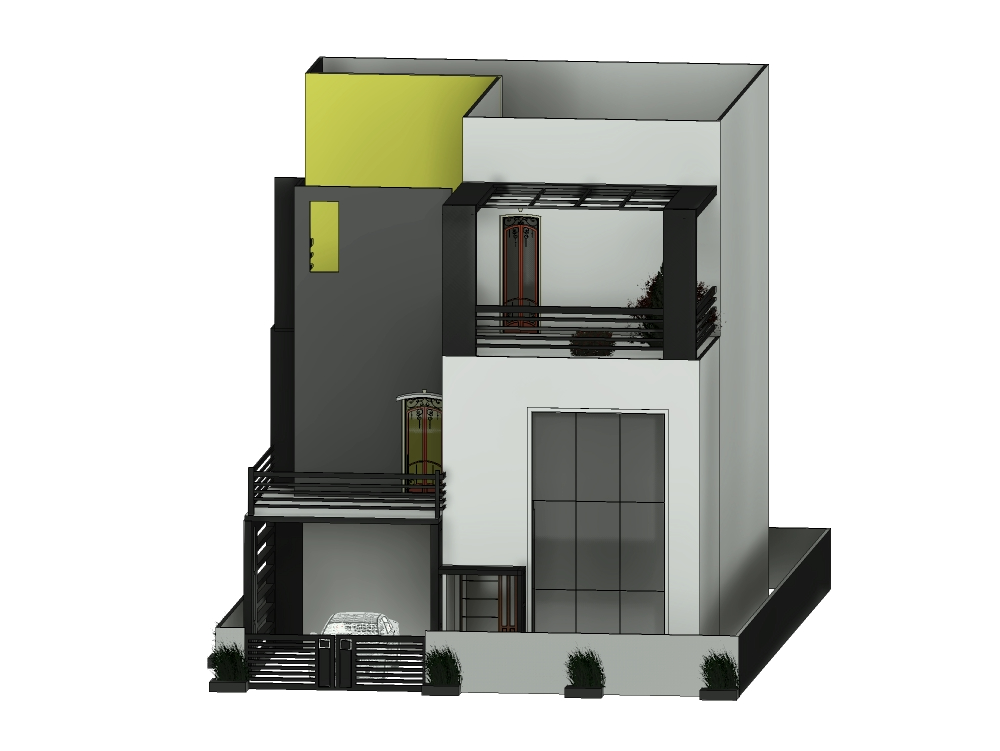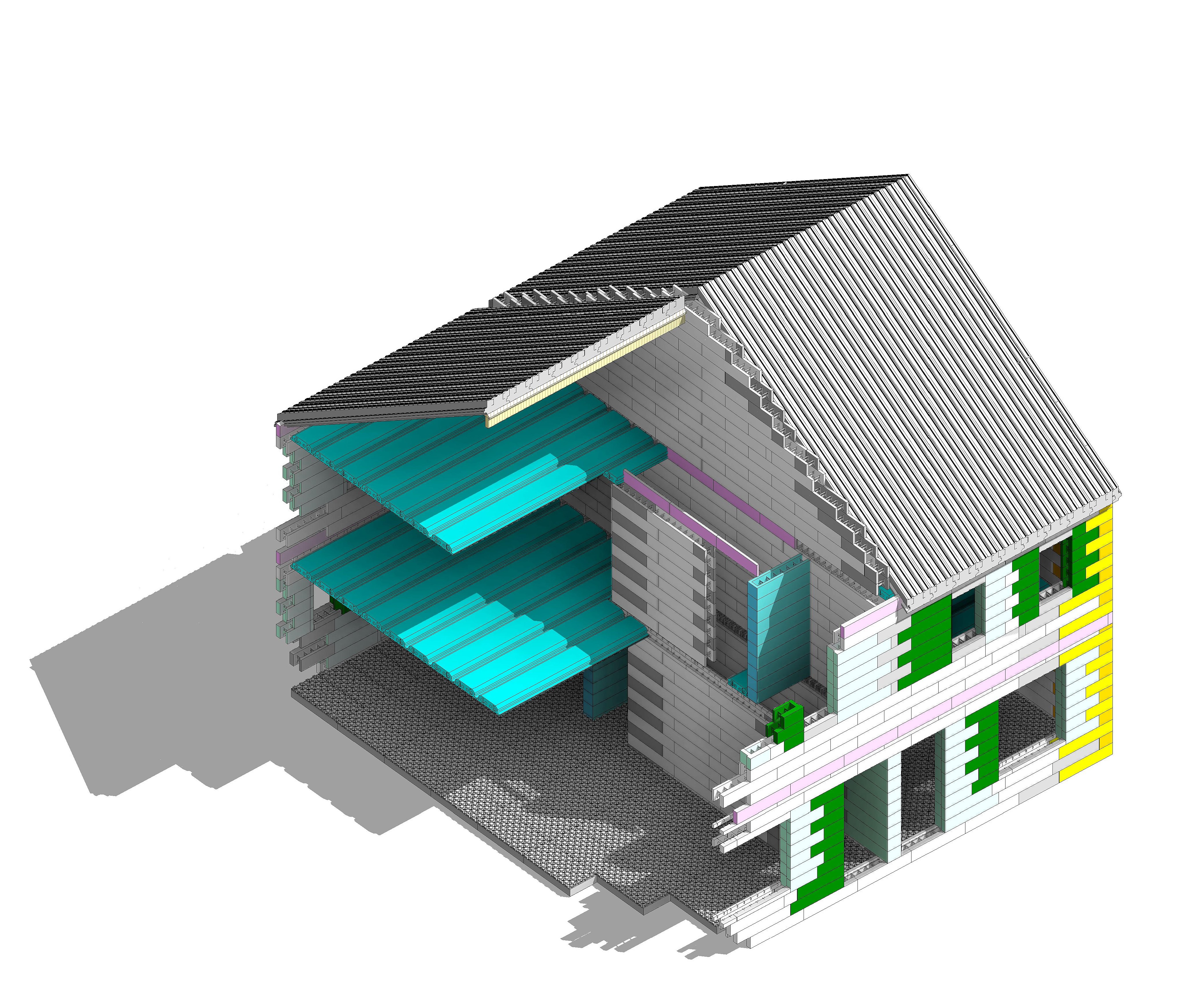

Such overrides may in turn be applied per view using a view template. These subcategories may then also be overridden within views using the Visibility Graphics override properties of the views. These subcategories may then have their display properties set to differentiate them from others and may have objects (in this case lines) modeled in them. While they may choose to create detail lines in many views, the solution may be to rather model such lines in-place as objects on a subcategory of the Site category.


The configuration of the Bed-bath-closet-laundry area is a condensed version of the Master Suites I currently design for clients who are prefer thousands of square feet instead of a couple hundred.Modeling a Building Line In-place 1 IntroductionĪn Architect requires the use of a Building line to be visible in views other than the site view. There is still an ample loft for a guest bed, perhaps a child's room, or a comfy lounge area for leaning back among a pile of pillows to watch some Netflix or read a good book. This design keeps the bed on the first floor level for those of us who prefer to flop into bed and not stumble down stairs or a ladder half awake. This version explores new possibilities of relationships to fit in a generous work surface in the loft, situated above the clothes closet (circled in a dashed line in section), perfect for a home-office situation or a creative person who loves to spread out their projects and not have to put them away just to eat dinner on the table. This one is built with SIP panel construction which involves redefining an existing, generic wall Revit component and building my own according to a SIP assembly. Here's an update on a version of the tiny house I've been working on converting to Revit.


 0 kommentar(er)
0 kommentar(er)
